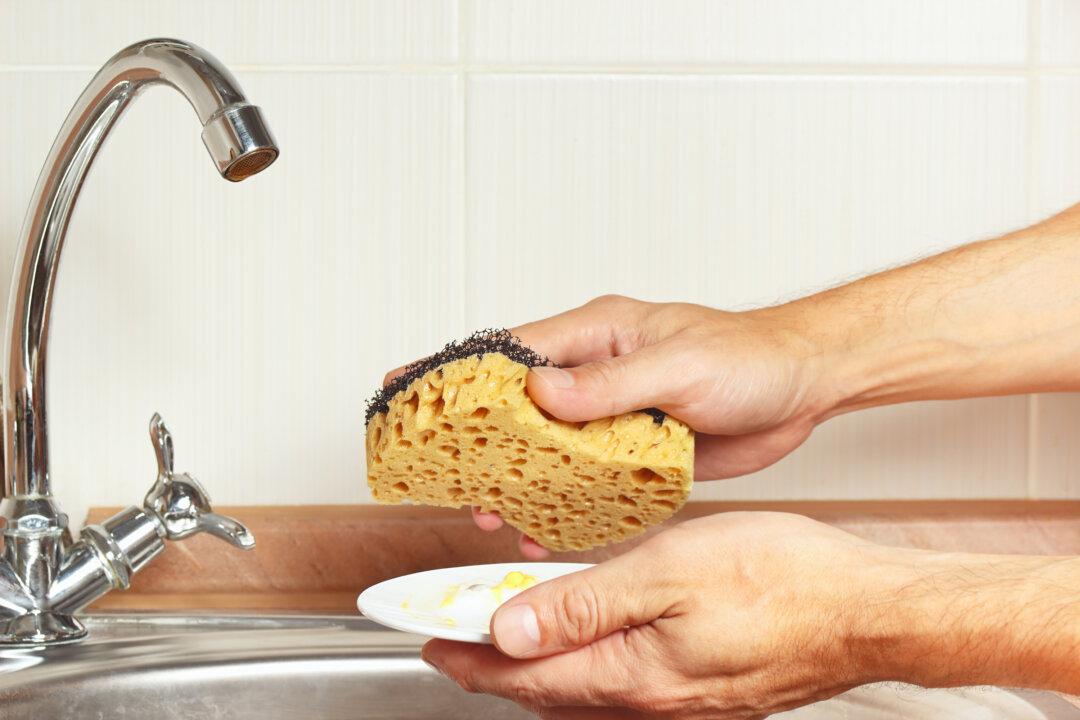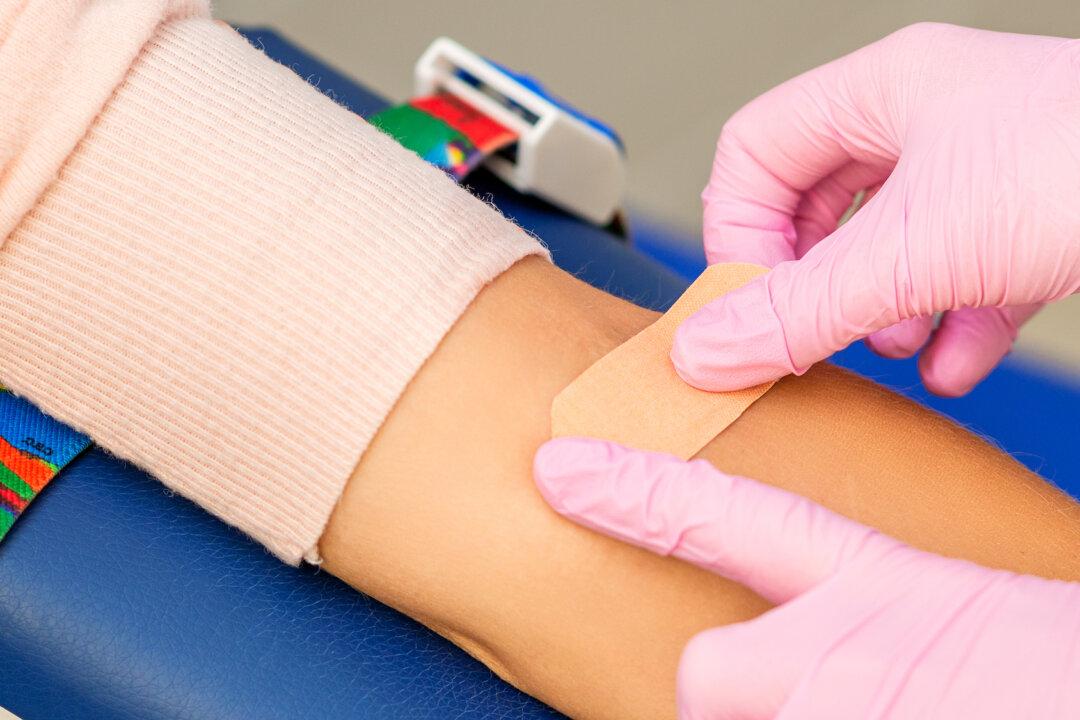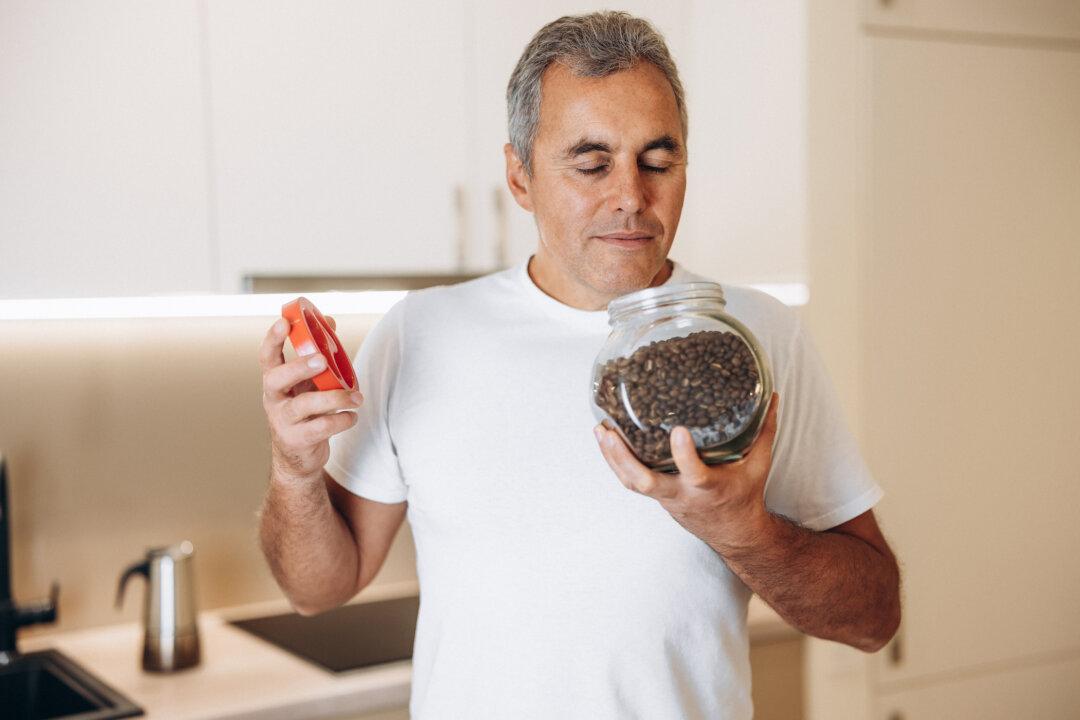Your kitchen sponge is a better incubator for diverse bacterial communities than a laboratory Petri dish, researchers report.
It’s not just the trapped leftovers that make the cornucopia of microbes swarming around so happy and productive, it’s the structure of the sponge itself.





